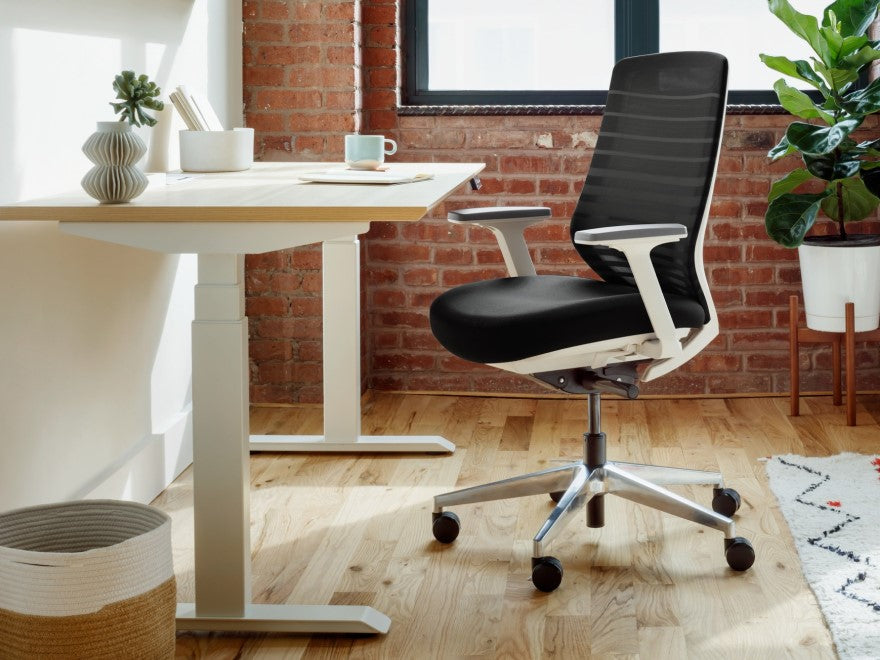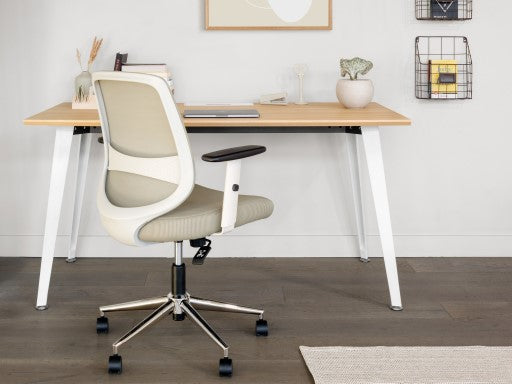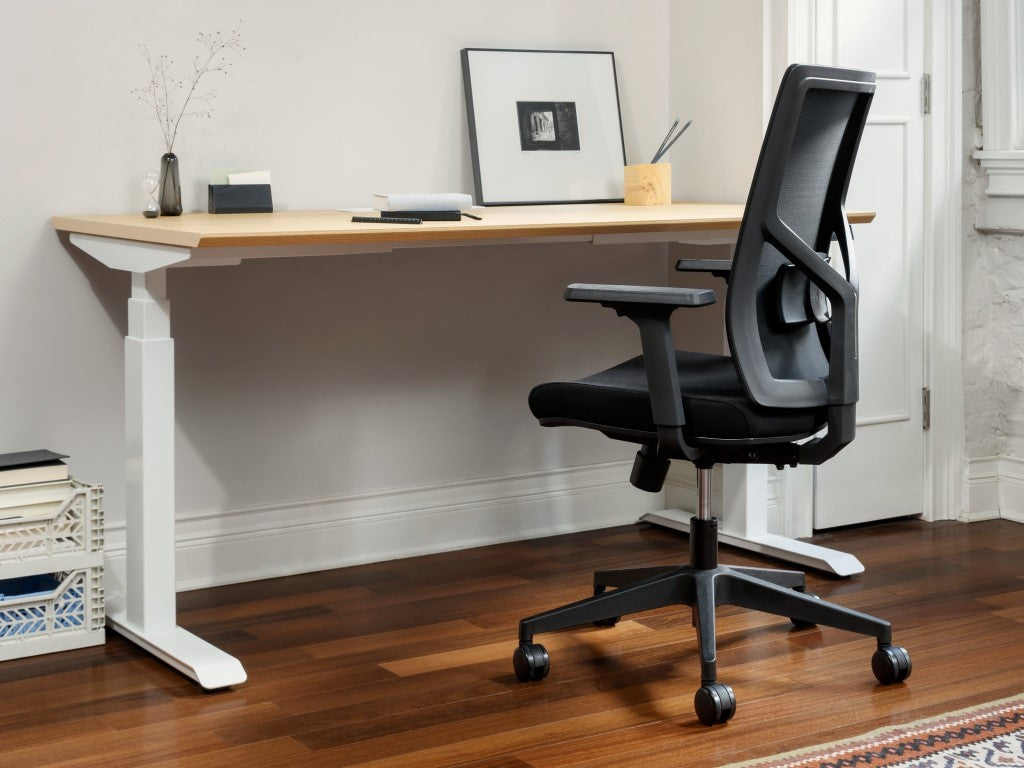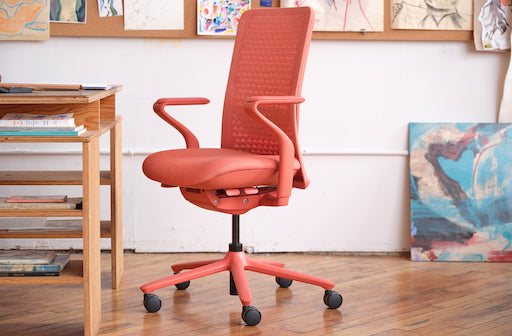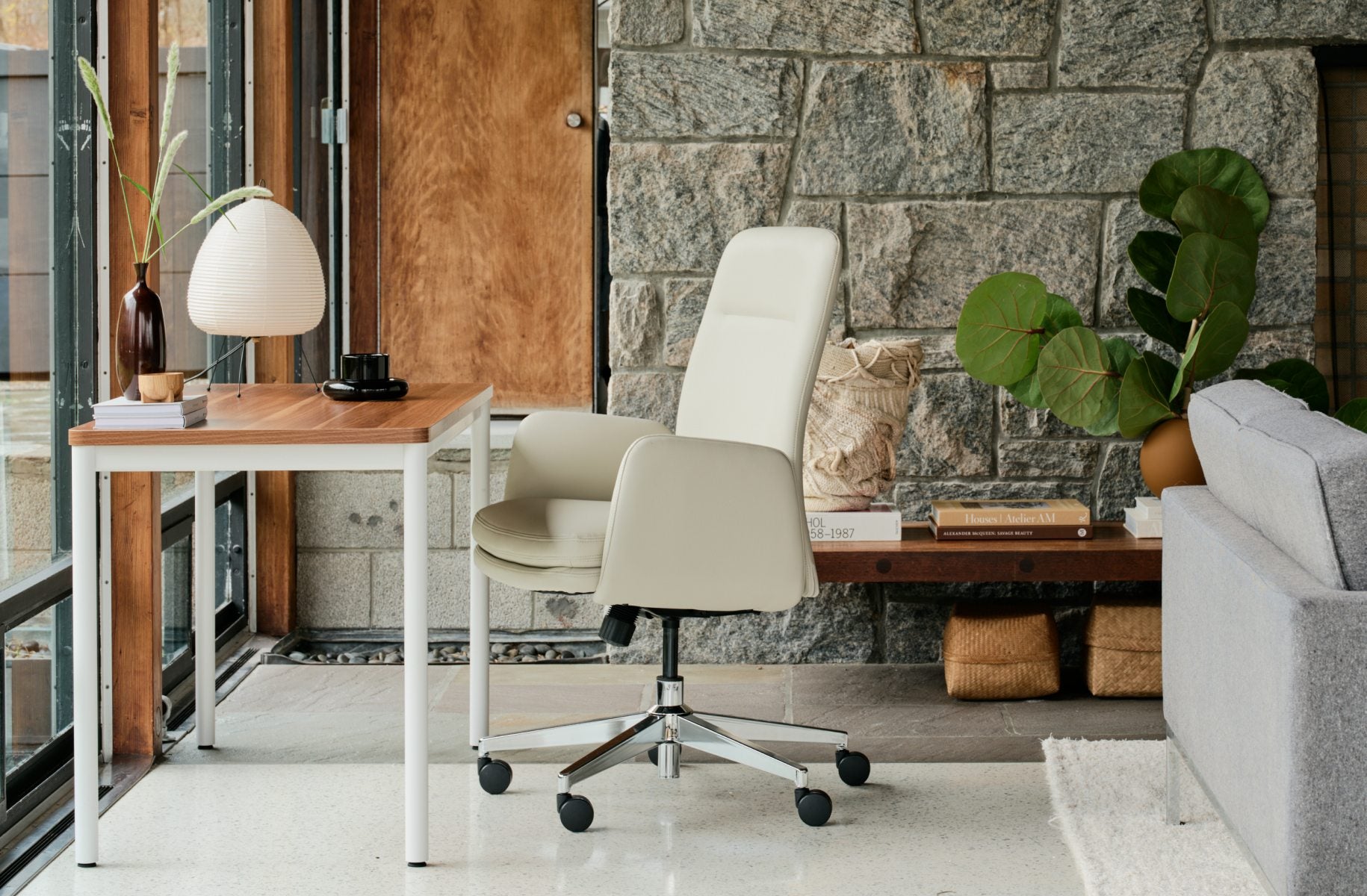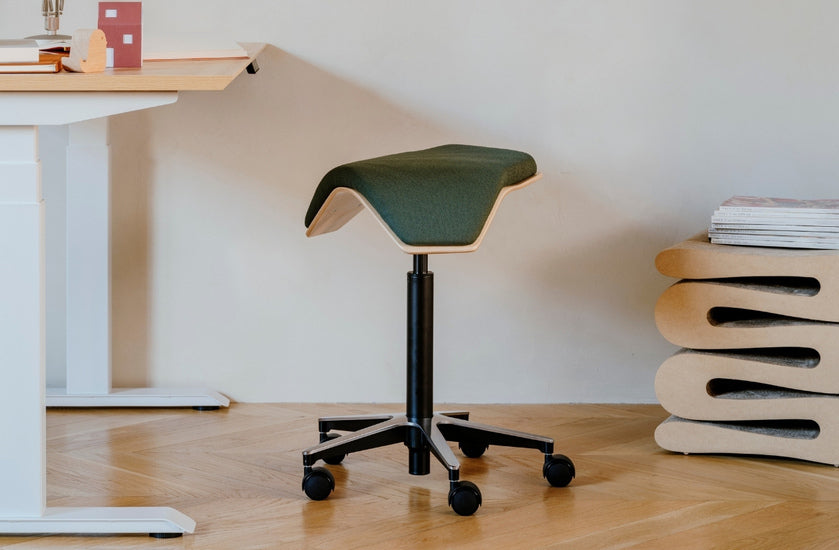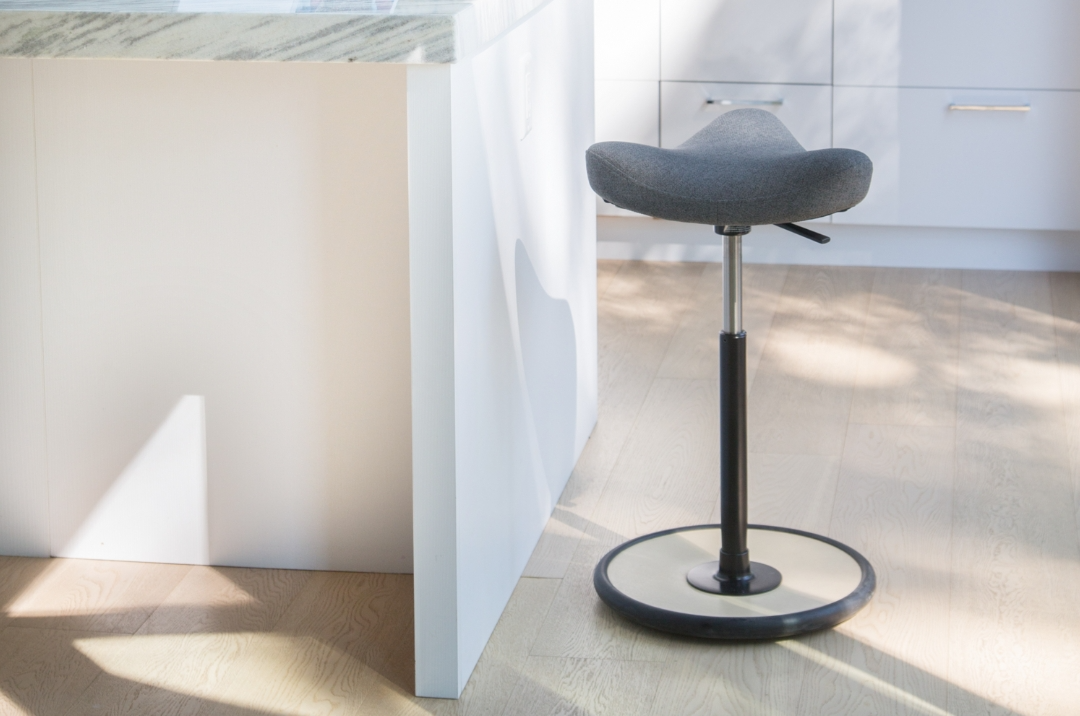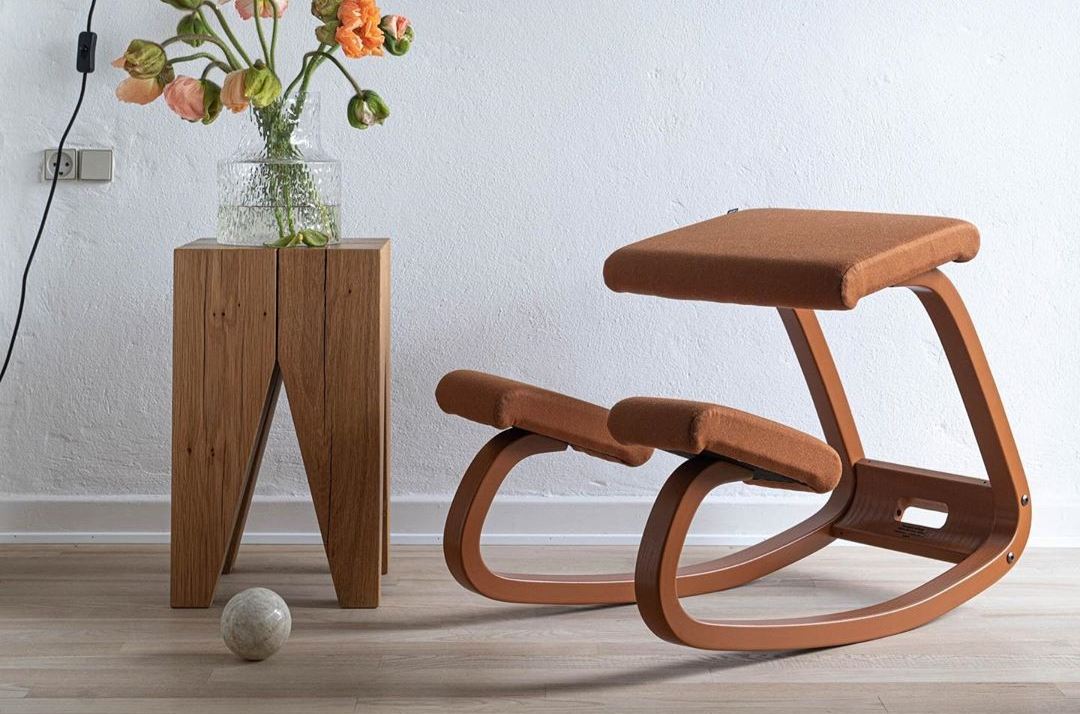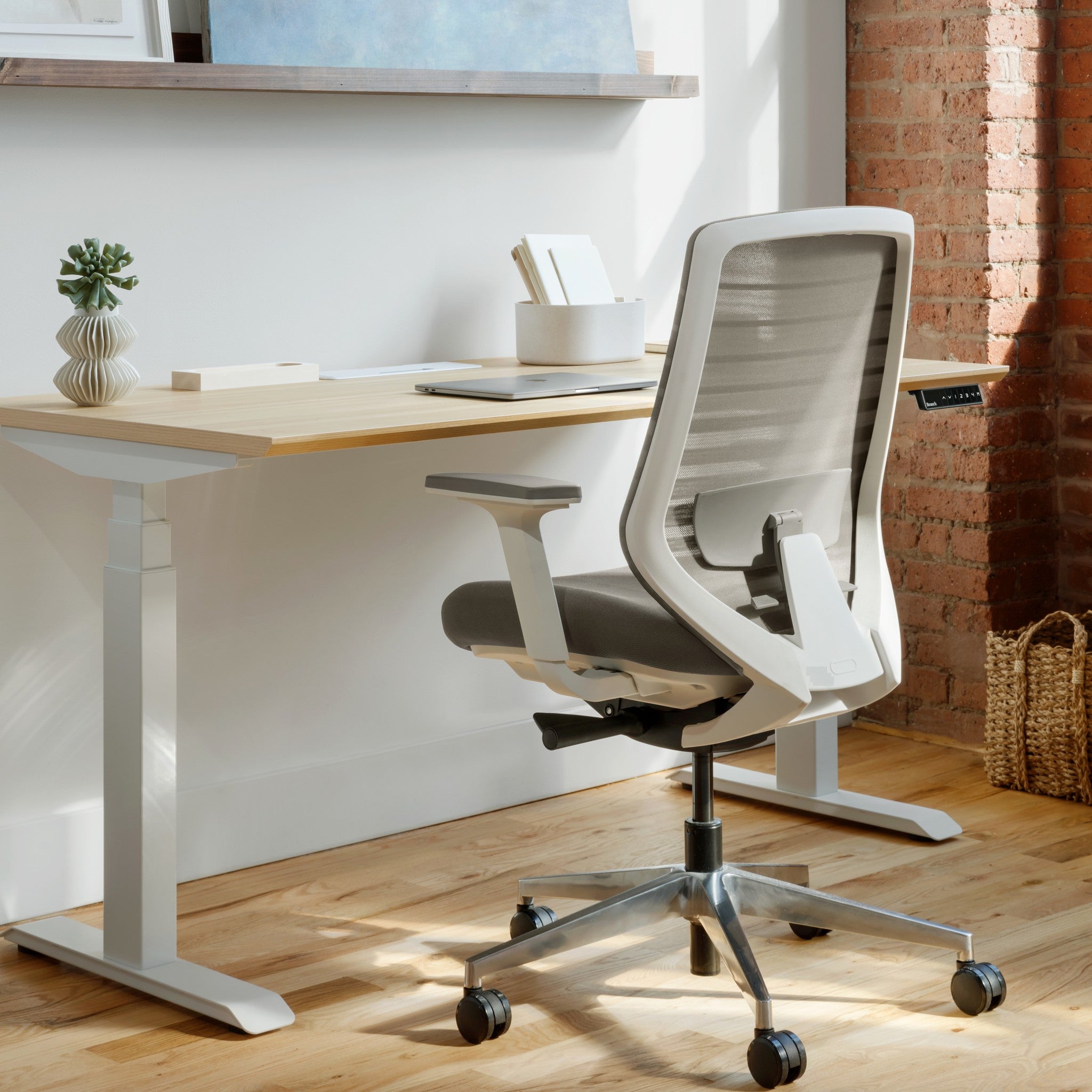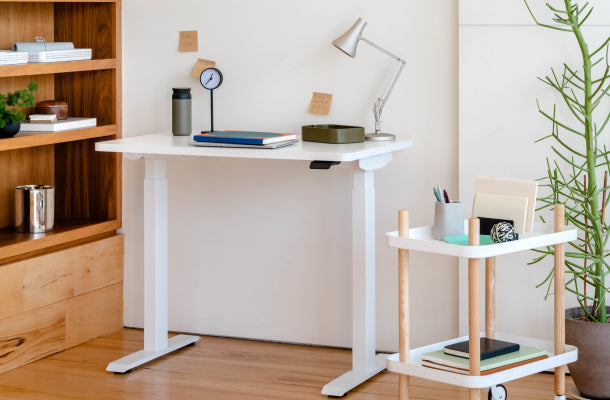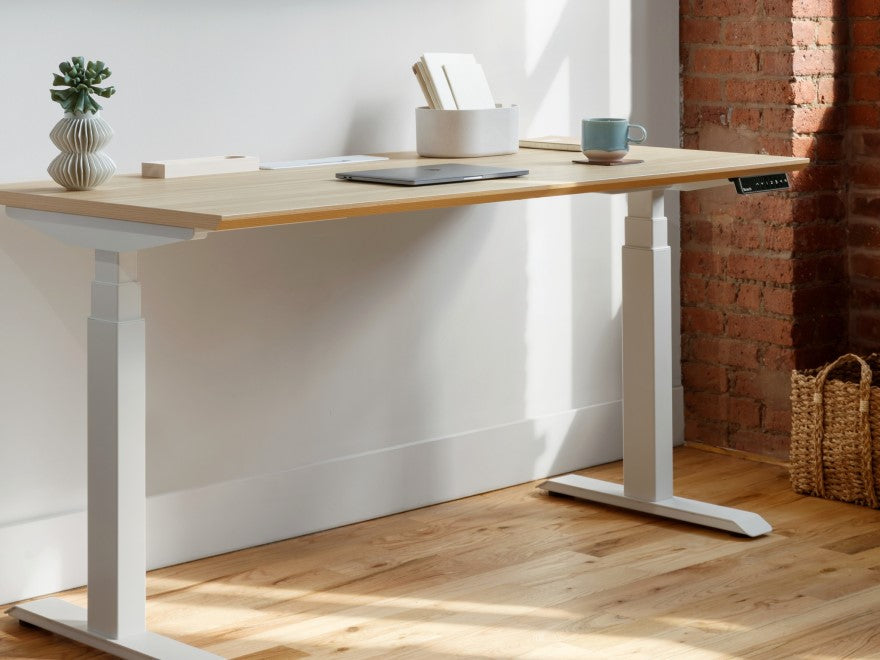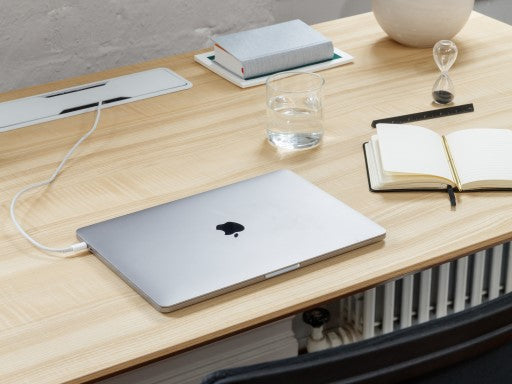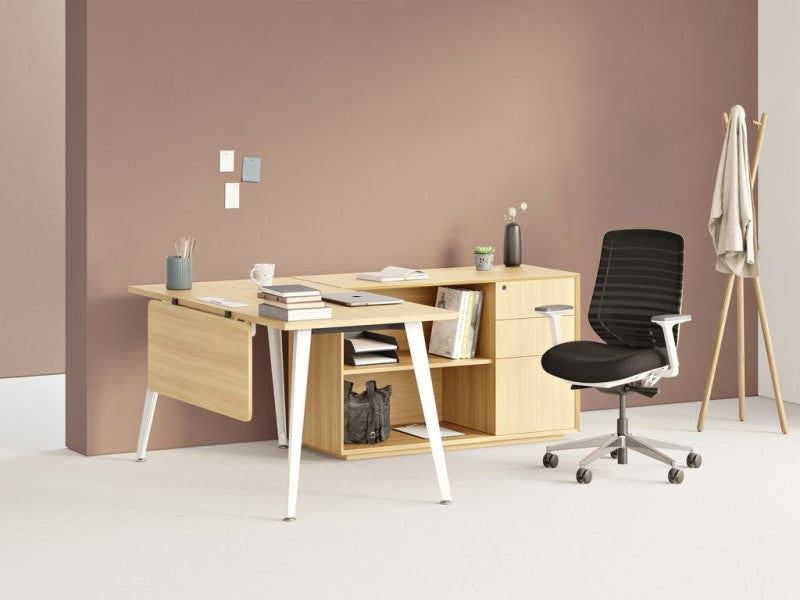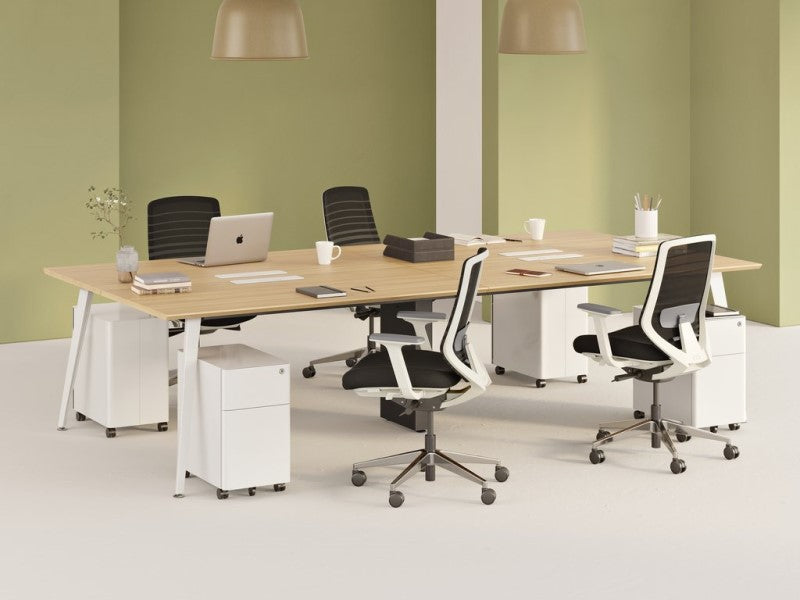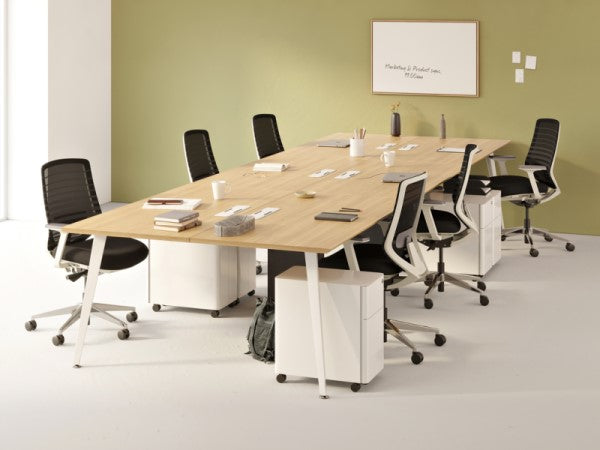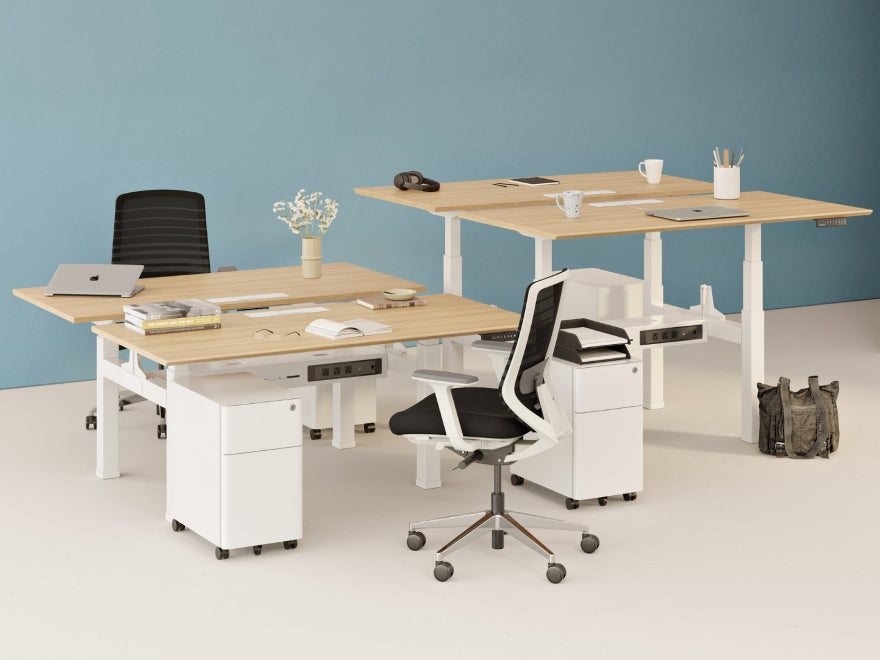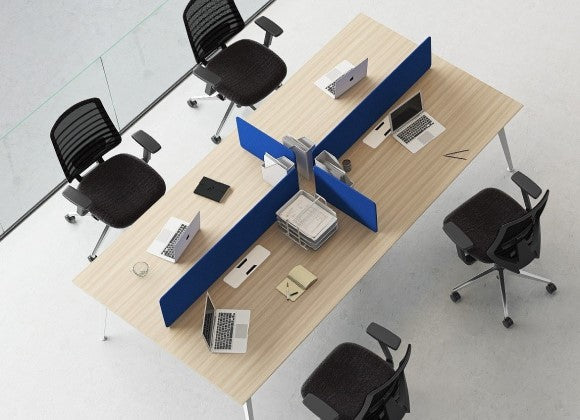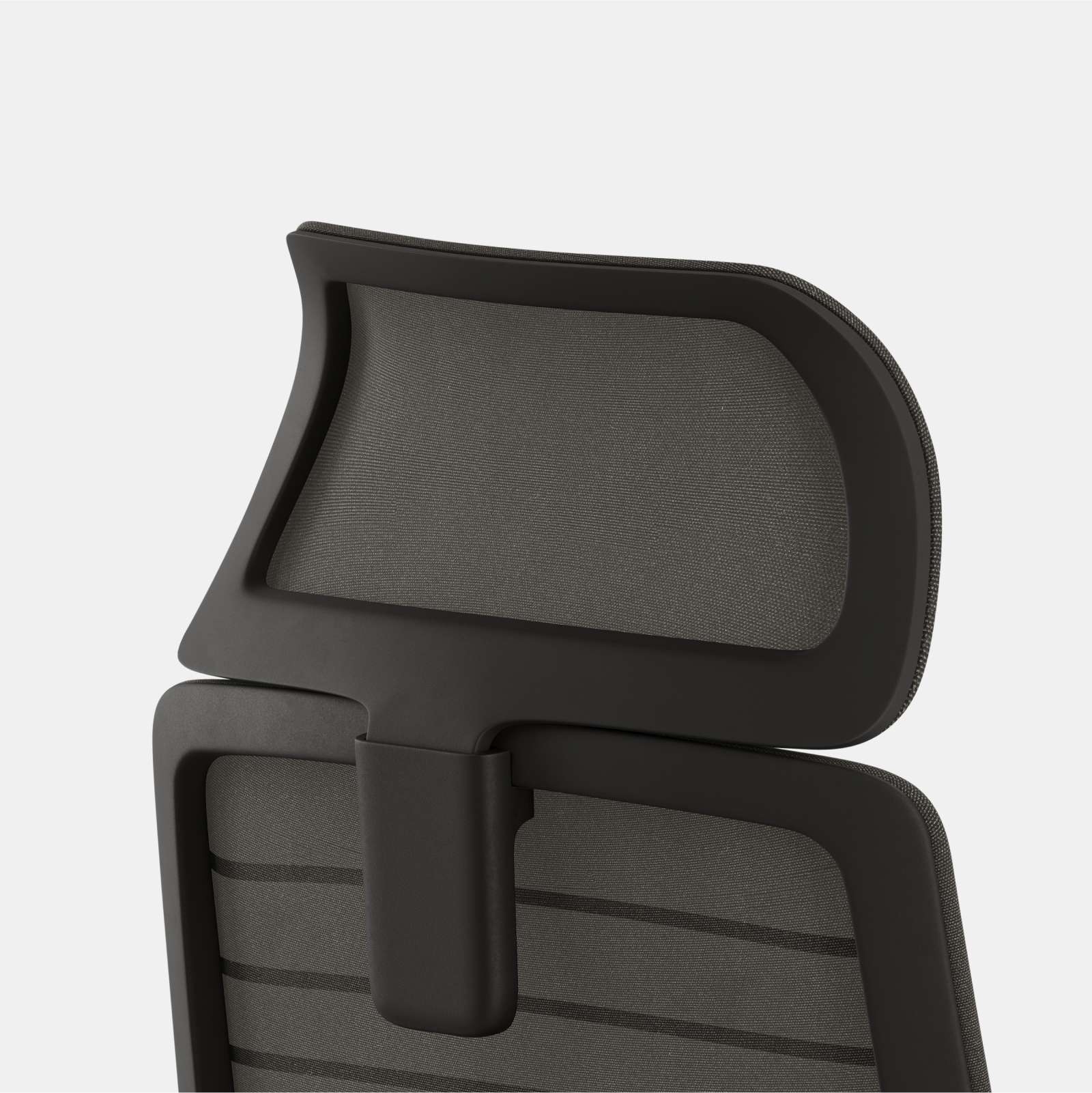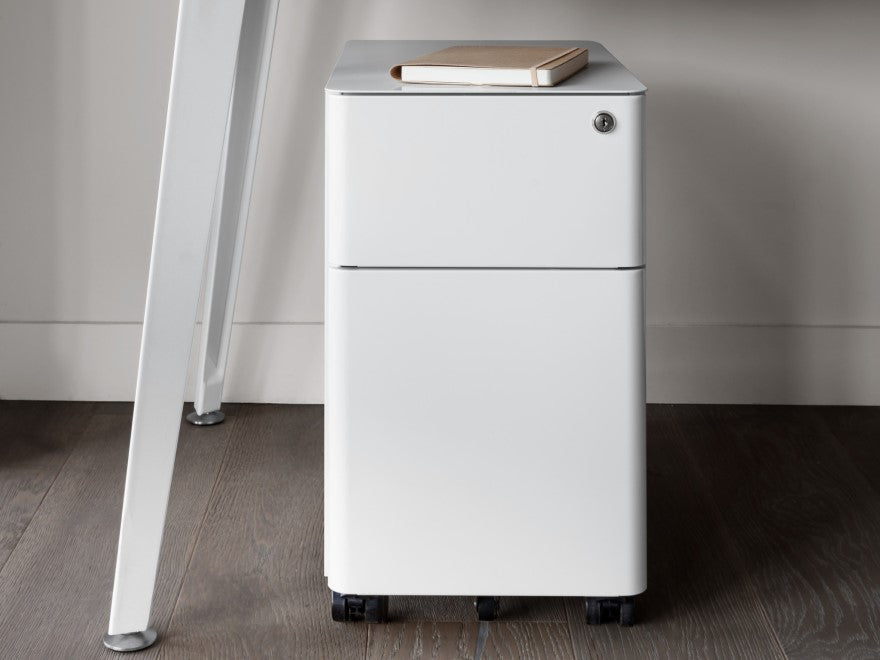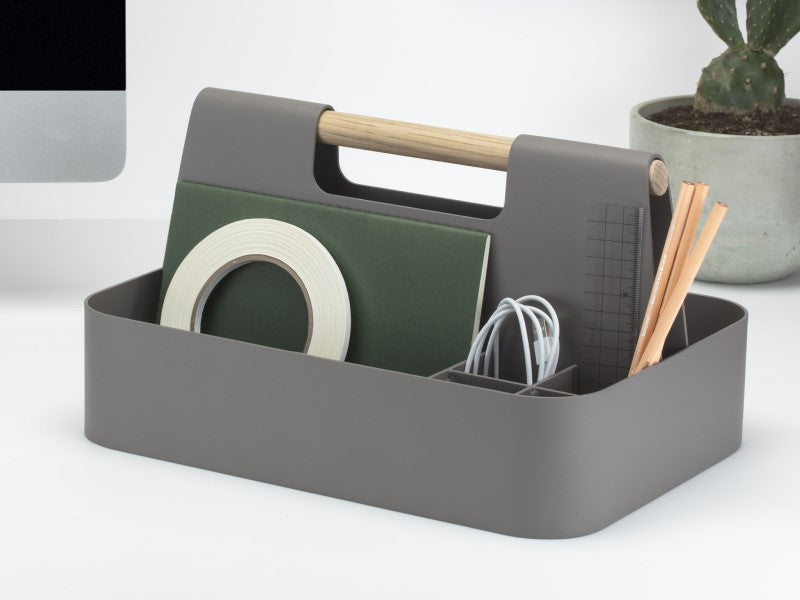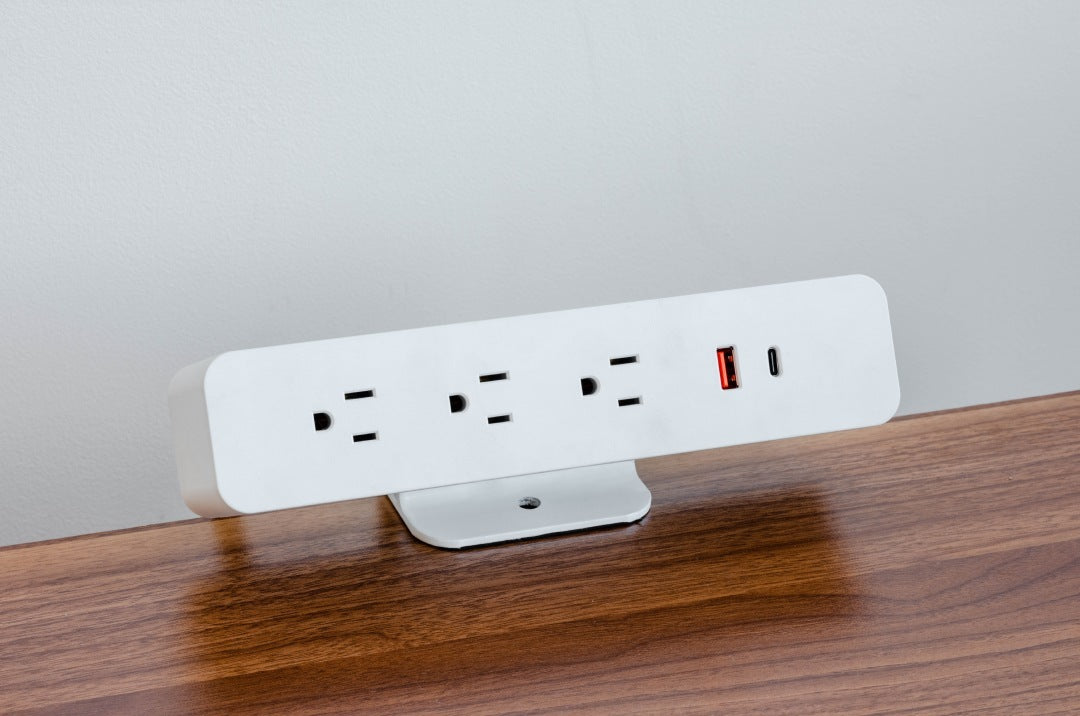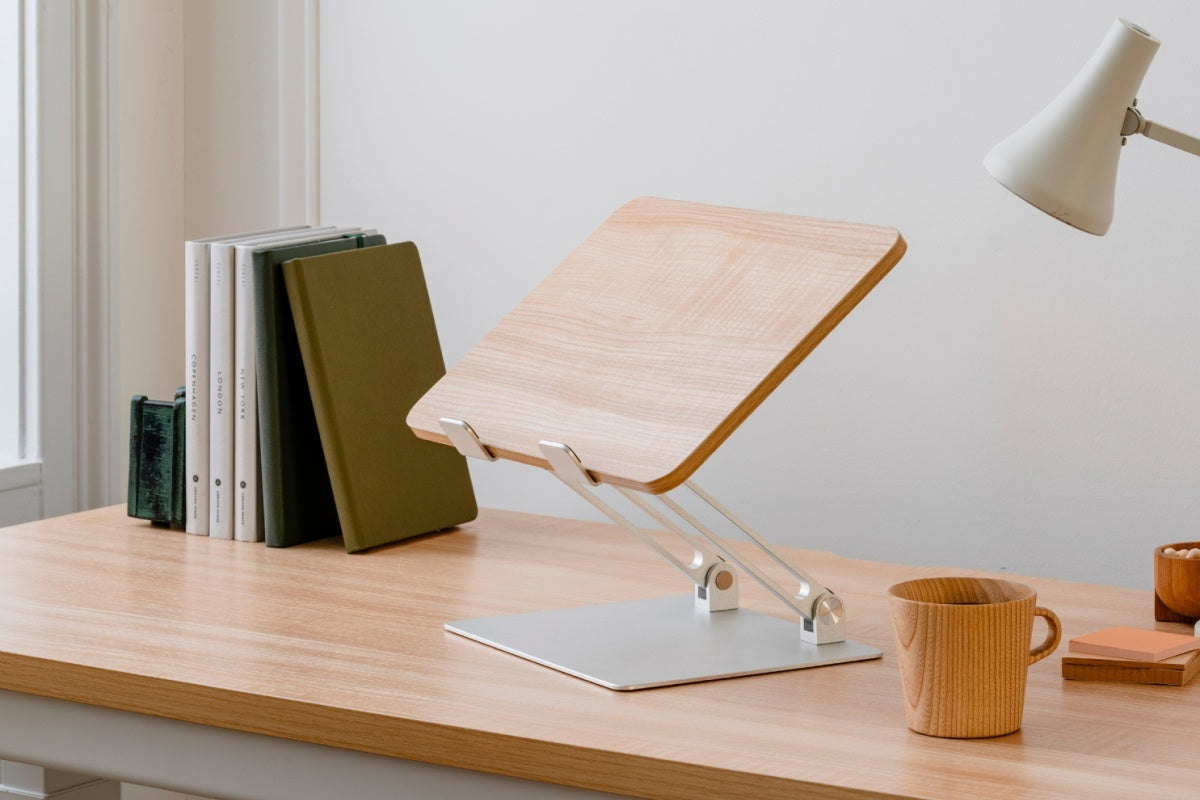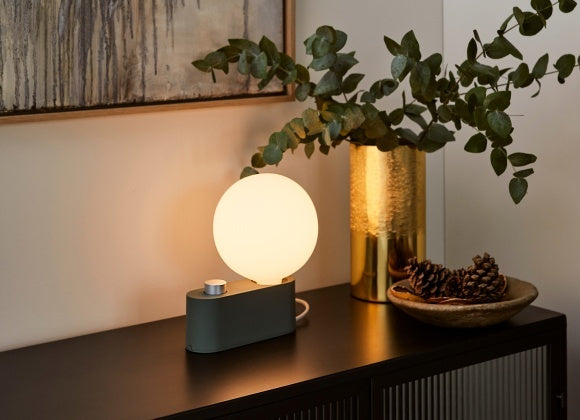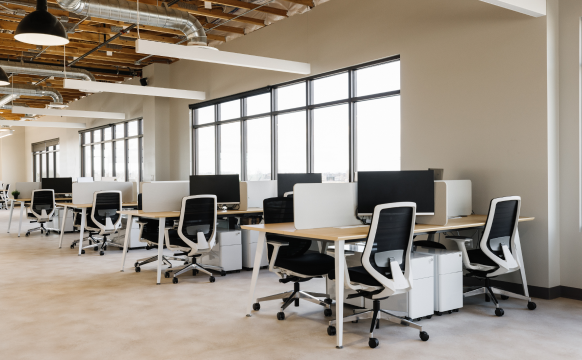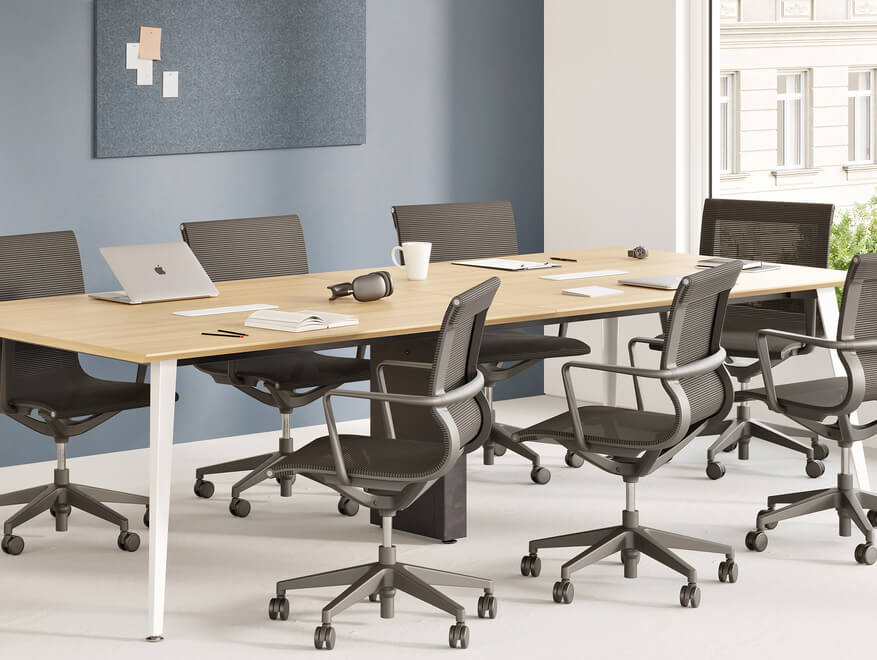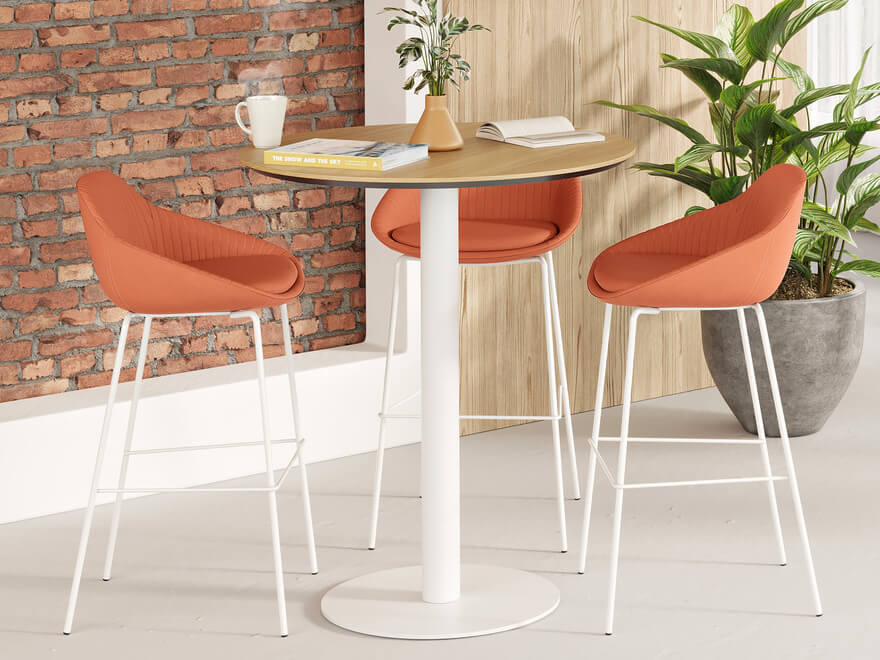When juxtaposed, ergonomic and traditional chairs present a stark contrast in design, intention, and benefits. While often aesthetically pleasing, traditional office chairs may lack the myriad of features and adjustable elements that ergonomic chairs boast.
Consider the lumbar support; this is either non-existent or rudimentary at best in many traditional chairs. On the other hand, an ergonomic chair prides itself on its pronounced and often adjustable lumbar support, ensuring the lower back, a common pain point for many, receives adequate support.
Armrests in conventional chairs are typically static. They're either there or they're not. But with ergonomic designs, armrests become essential to the chair's functionality. Adjustable armrests mean that regardless of your body type or desk height, your arms find a comfortable resting point, aiding in maintaining good posture and preventing potential musculoskeletal issues.
Seat depth and width in traditional chairs follow a one-size-fits-all approach. But, we know that individuals vary significantly in size and shape. An ergonomic office chair offers adjustable seat pans, ensuring the back of your knees is free from undue pressure supporting blood flow.
Lastly, consider the longevity and the holistic benefits. While you might save initially with a traditional chair, the potential health issues and lack of comfort can cost more in the long run. Investing in an ergonomic chair is investing in a healthier workday, a more productive work environment, and a better quality of life.

